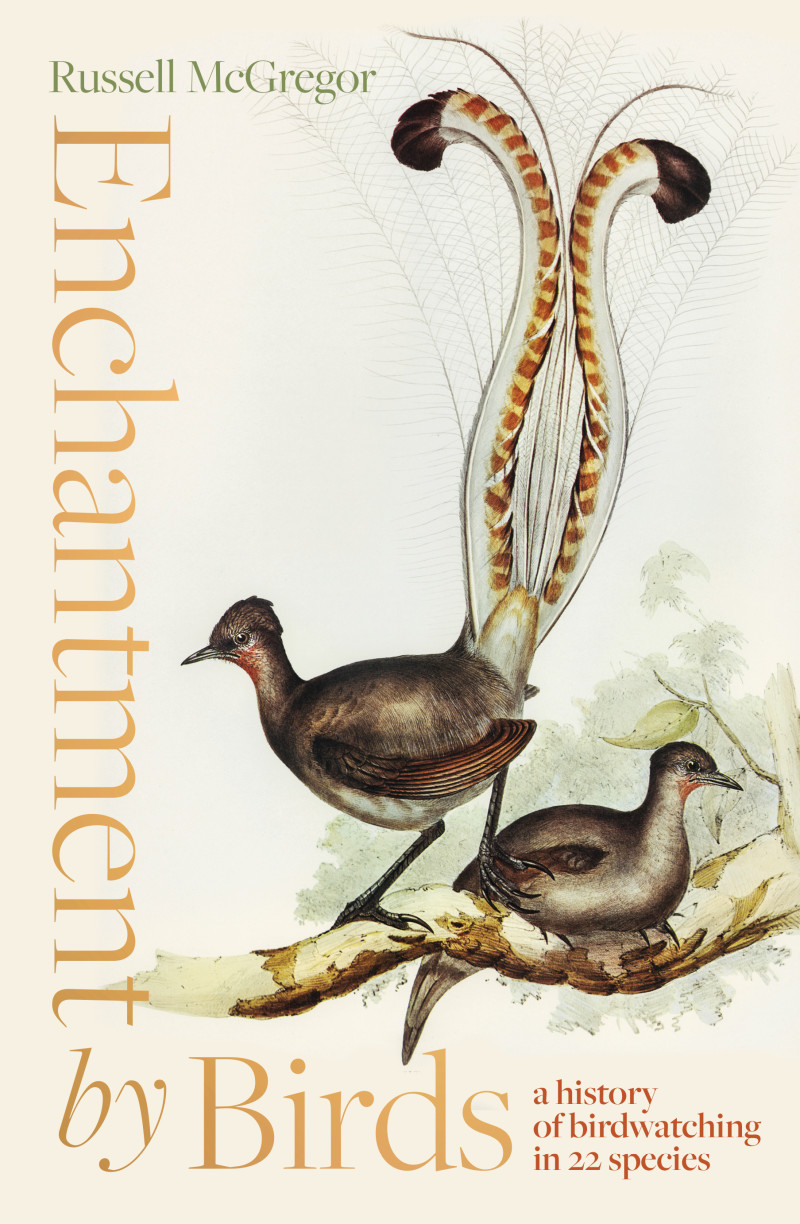Cunning Little Vixen (Victorian Opera) ★★★1/2
Leoš Janáček was more than sixty years old when his operas finally began to attract attention. After the much delayed success of Jenůfa (1904), he went on to produce another four major works on which his operatic reputation became established. They included The Cunning Little Vixen, which premièred in the Moravian city of Brno in 1924. Like Katya Kabanova (1921) and The Makropulos Affair (1925), it took another four decades before receiving its UK and American premières.
Moravia was a part of old Czechoslovakia, and its tales and folklores were a great influence on Janáček and his fellow countrymen Bedřich Smetana and Antonín Dvořák. Unlike those of his predecessors, Janáček’s work enveloped a more sophisticated style, revealing a wider European influence which was evident by the 1920s. When a Brno newspaper serialised a novel with cartoon illustrations (Liška Bystrouška by Rudolf Těsnohlídek), the idea of adapting the work for stage took hold. It would be a series of transitional vignettes, with humans playing animals as well as people in all the joys and sorrows of one life cycle following another.
Continue reading for only $10 per month. Subscribe and gain full access to Australian Book Review. Already a subscriber? Sign in. If you need assistance, feel free to contact us.















Leave a comment
If you are an ABR subscriber, you will need to sign in to post a comment.
If you have forgotten your sign in details, or if you receive an error message when trying to submit your comment, please email your comment (and the name of the article to which it relates) to ABR Comments. We will review your comment and, subject to approval, we will post it under your name.
Please note that all comments must be approved by ABR and comply with our Terms & Conditions.